The software definition is also the sdn technology, which separates the control plane from the data plane. This means that the network administrator does not directly operate the underlying device, but programmatically causes a program called a controller to operate the switch and other devices.
The advantage of this is that the flexibility of the control layer can be greatly enhanced. For example, if the network administrator wants to configure a firewall for a router, then you have to board the device to set some rules. These rules are generally kept for a while, and it is also very troublesome to change, because each device's instructions are different. But with sdn, you can operate these devices directly at the control level, design any random forwarding and routing rules, design new network protocols, provide a variety of services, implement many security solutions, and more.
The traditional IP packet switching network uses the Interior Gateway Protocol (IGP) and the Border Gateway Protocol (BGP) to achieve perfect interconnection and build a large-scale Internet worldwide. However, with the rapid development of the mobile Internet and the Internet of Things, new businesses are emerging, business needs are changing, and traditional distributed networks are overwhelmed. At the same time, due to the combination of the control plane and the data plane, the traditional network also faces many problems such as network congestion, complicated equipment, difficult operation and maintenance, and slow deployment of new services. Software Defined Networking (SDN) breaks the vertical integration of traditional networks, and realizes the characteristics of control logic centralized and open network programming interface by means of separate control and forwarding, which injects new vitality into the network, enabling the network management to The network is flexibly configured and reconfigured.

The programmability and openness of SDN also provide new opportunities for the innovation of optical networks. After undergoing Time Division Multiplexing (TDM) and Wavelength Division MulTIplexing (WDM), the optical network also tends to move toward the future based on Orthogonal Frequency Division MulTIplexing (OFDM). Flexible Elastic Optical Networks (EONs). However, while EONs continue to provide high-capacity transmission for network users, it also poses new challenges for flexible management of optical networks. Therefore, the combination of SDN and EONs (SD-EONs, as shown in the following figure) will be one of the powerful solutions for future optical control planes. This article will shortly describe fault recovery and resource allocation in software-defined optical networks. Introduction.
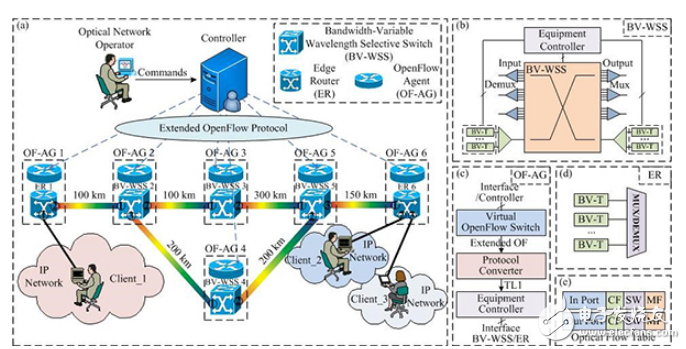
Figure (a) SD-EONs network architecture; (b) BV-WSS structure; (c) OF-AG structure; (d) ER structure; (e) optical flow table
First, failure recoveryAny network should have fault tolerance. Of course, optical networks are no exception. Resilience is one of the most desirable attributes in optical networks. In SD-EONs, resilience can usually be divided into protection strategies and recovery strategies. Protection is a transcendental strategy, and recovery is a reactive strategy. Protection strategies are pre-planned and they always exist regardless of network failures. In the document 1, a protection strategy for the ring network is provided, and the priority of the flow table is used to pre-deliver the high-priority workflow table and the low-priority protection flow table. When the network works normally, it uses a high-priority flow table. Once the network fails, it immediately switches to a low-priority flow table to resume network communication. The benefit of a protection strategy is that the time to failure recovery is very short, because the entire process does not require additional information interaction. The disadvantage is that the communication path cannot be restored when the protection path fails again. In addition, it is very difficult to design a complete protection algorithm for large-scale complex network topology. Recovery strategies require a way to designate faults and also design algorithms for failover. In Document 2, the state of the network link is dynamically monitored by means of a probe packet. Once the node or link fails, the optical proxy module feeds back the fault information to the controller, and the fault recovery application in the controller runs the dynamic routing algorithm DAPSP ( Dynamic All Pairs Shortest Paths) resumes communication by rerouting. Of course, in a software-defined optical network, the failure of the controller cannot be ignored, because once the controller fails, it is likely to cause paralysis of the entire network. Document 3 designs a master-slave controller scheme to enhance the robustness of the control plane. The status information of the network is periodically synchronized between the master and slave controllers. In the normal working state, the main controller is used to control the network. Once the main controller fails, the slave controller immediately takes over the control and management of the network.
Second, resource allocationThe optical Orthogonal Frequency Division Multiplexing (OOFDM) technology can dynamically allocate spectrum resources on demand according to different bandwidth service requests, and divide the spectrum resources into many fine-grained frequency slots. The request needs to split and aggregate the frequency slots, which can save spectrum resources and improve the utilization of spectrum resources. The most obvious feature of EONs is the elastic variable, multi-modulation mode type of transponder capable of autonomously selecting the best modulation level based on the type of service. Designing routing and spectrum allocation algorithms in SD-EONs should pay attention to three constraints of spectrum continuity, spectrum consistency and spectrum collision. Spectrum continuation: The spectrum slots allocated for each service must be contiguous with no gaps in the middle. Spectrum consistency: means that for a service, the same sequence number should be used on the optical link through which the optical path passes. Spectral resources; spectrum conflict: It means that certain services need a certain protection bandwidth to ensure that the spectrum gaps occupied by each service connection request do not overlap, ensuring that signals do not interfere with each other during transmission and processing. In Document 4, a algorithm based on Spectral Efficiency and Connectivity (SEC), Routing Modulation Level and Spectrum Allocation (RMLSA), SEC-RMLSA, is designed to improve the service bearer of SD-EONs. ability.
Optical flow table
In optical devices, data forwarding should be performed in accordance with the optical flow table. A simple optical flow meter consists of an In Port, an Out Port, a Central Frequency (CF), a Slot Width (SW), and a Modulation Format (MF). Here is a simple method of extending the optical flow table based on the Flow_Mod message.
hint:
! : big endian storage; C: char, character type; B: one byte length, unsigned character type; I: 4 bytes length, int type; H: two bytes length; Q: eight bytes length ;x:padding;3x: 3 bytes of padding; 5s: 5 bytes of string. In optical devices, data forwarding should be performed in accordance with the optical flow table. A simple optical flow meter consists of an In Port, an Out Port, a Central Frequency (CF), a Slot Width (SW), and a Modulation Format (MF). Here is a simple method of extending the optical flow table based on the Flow_Mod message.
step 1
Directory: ryu/ryu/ofproto/ofproto_v1_3.py

First, the protocol format in ofp_action_output needs to be redefined, that is, the original 6x padding field is redefined into three HHH formats for storing the center frequency, the spectrum slot width, and the modulation format.
Step 2
Directory: ryu/ryu/ofproto/ofproto_v1_3_parser.py
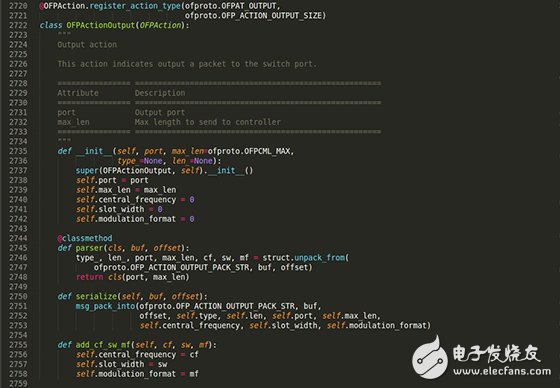
Next, three variables of the center frequency, the spectral slot width, and the modulation format are added to the analysis and serialization functions.
Step 3
Directory: In the application you are developing.

![]()
Finally, the three parameters of the proposed algorithm output are loaded into the end of the action. And sending the encapsulated Flow_Mod message to the optical agent. As shown in the figure, use the Flow_Mod message caught by Wireshark.
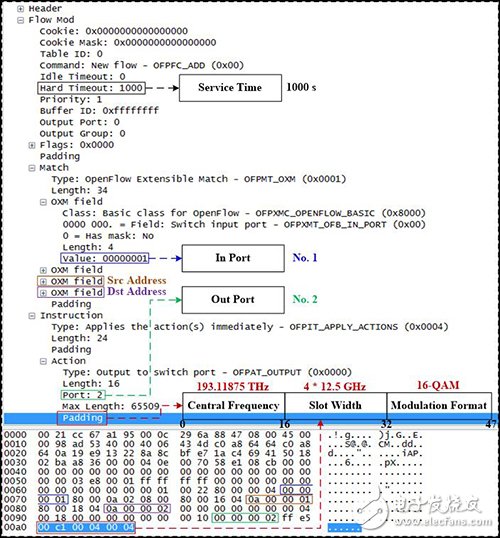
ZGARVAPE
Zgar 2021's latest electronic cigarette Aurora series uses high-tech temperature control, food grade disposable pod device and high-quality material.Compared with the old model, The smoke of the Aurora series is more delicate and the taste is more realistic ,bigger battery capacity and longer battery life. And it's smaller and more exquisite. A new design of gradient our disposable vape is impressive. We equipped with breathing lights in the vape pen and pod, you will become the most eye-catching person in the party with our atomizer device vape.
The 2021 Aurora series has upgraded the magnetic suction connection, plug and use. We also upgrade to type-C interface for charging faster. We have developed various flavors for Aurora series, Aurora E-cigarette Cartridge is loved by the majority of consumers for its gorgeous and changeable color changes, especially at night or in the dark. Up to 10 flavors provide consumers with more choices. What's more, a set of talking packaging is specially designed for it, which makes it more interesting in all kinds of scenes. Our vape pen and pod are matched with all the brands on the market. You can use other brand's vape pen with our vape pod. Aurora series, the first choice for professional users!
We offer low price, high quality Disposable E-Cigarette Vape Pen,Electronic Cigarettes Empty Vape Pen, E-cigarette Cartridge,Disposable Vape,E-cigarette Accessories,Disposable Vape Pen,Disposable Pod device,Vape Pods OEM vape pen,OEM electronic cigarette OEM e-cigarette OEM e-cig to all over the world.
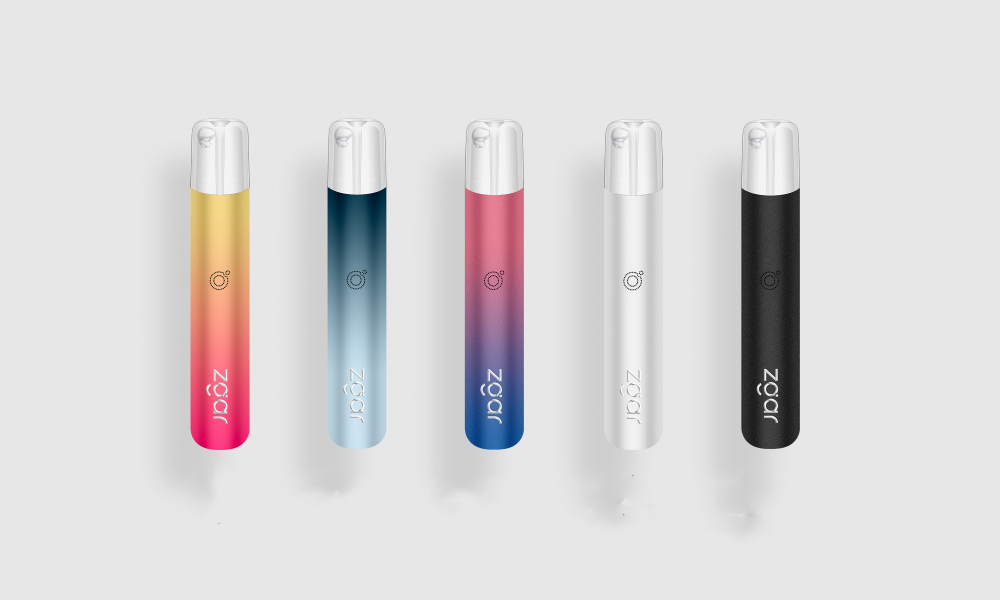
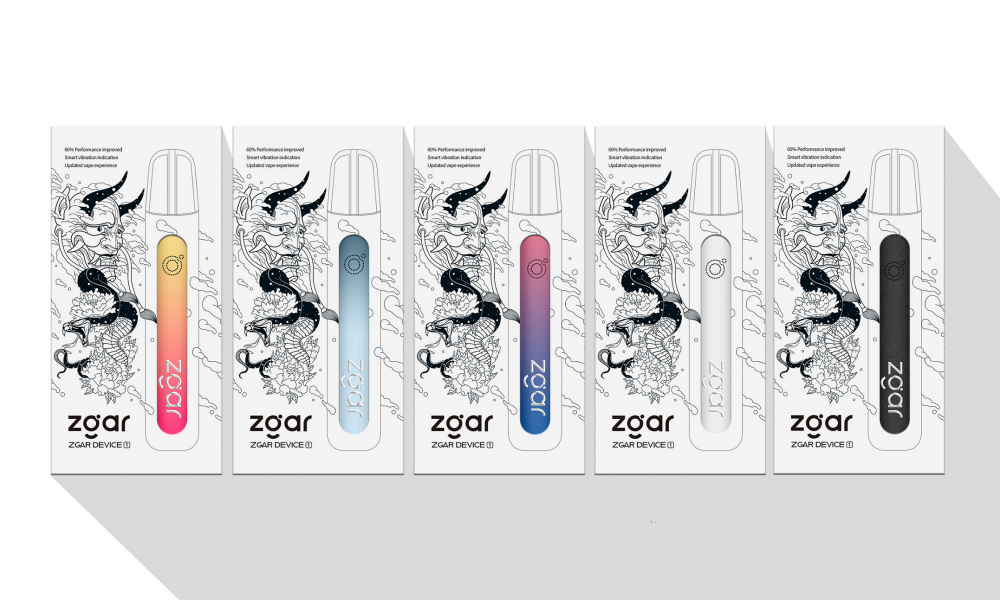
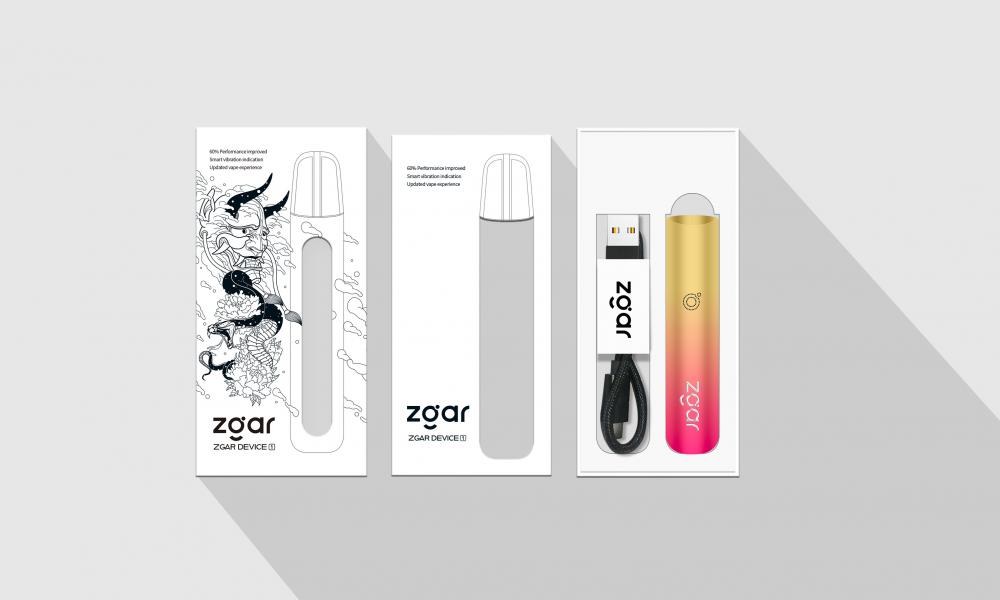
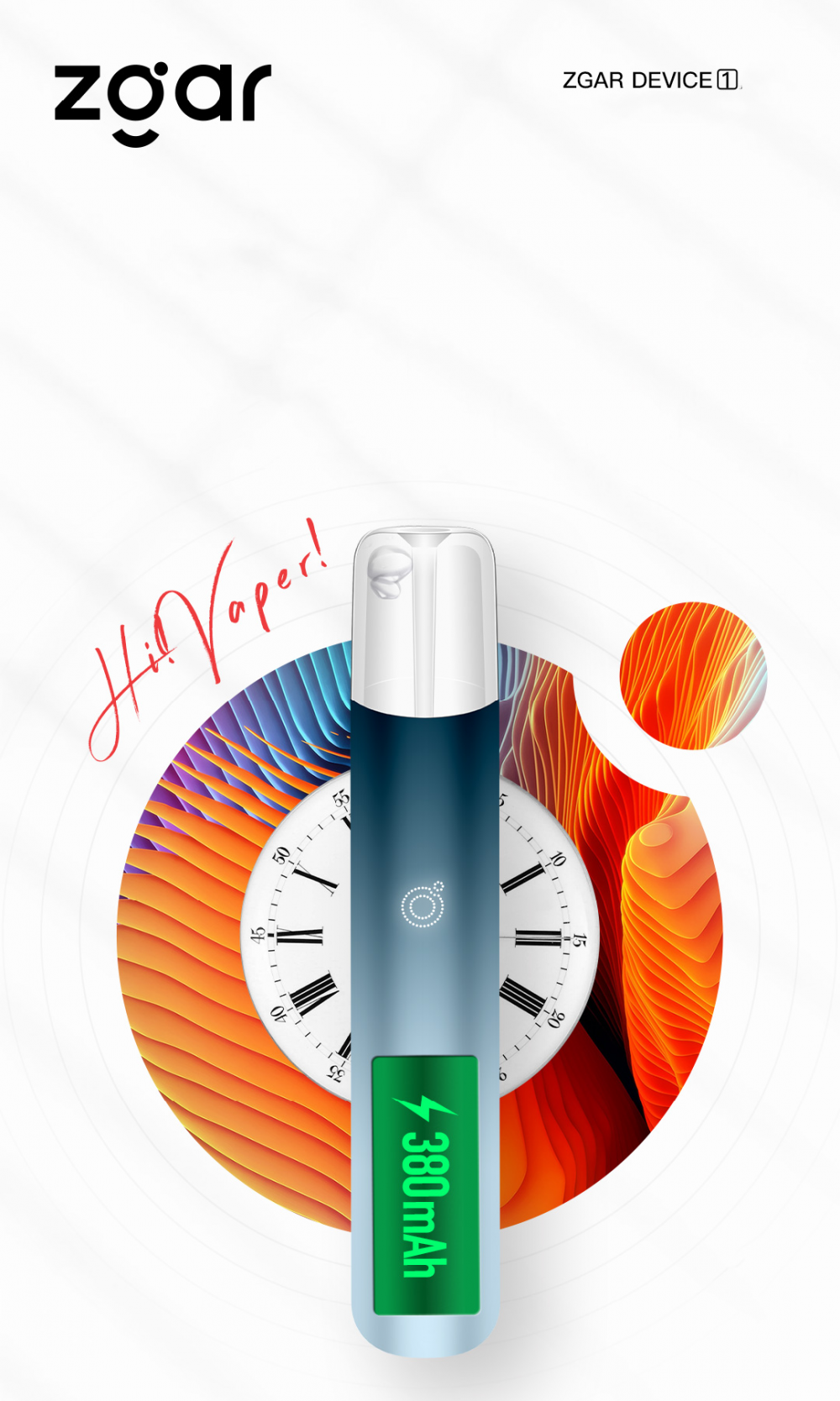

E-Cigarette Vape Pen,Disposable Device Vape,Vape Pen Atomizer,Latest Disposable E-Cigarette OEM vape pen,OEM electronic cigarette
ZGAR INTERNATIONAL(HK)CO., LIMITED , https://www.szvape-pods.com